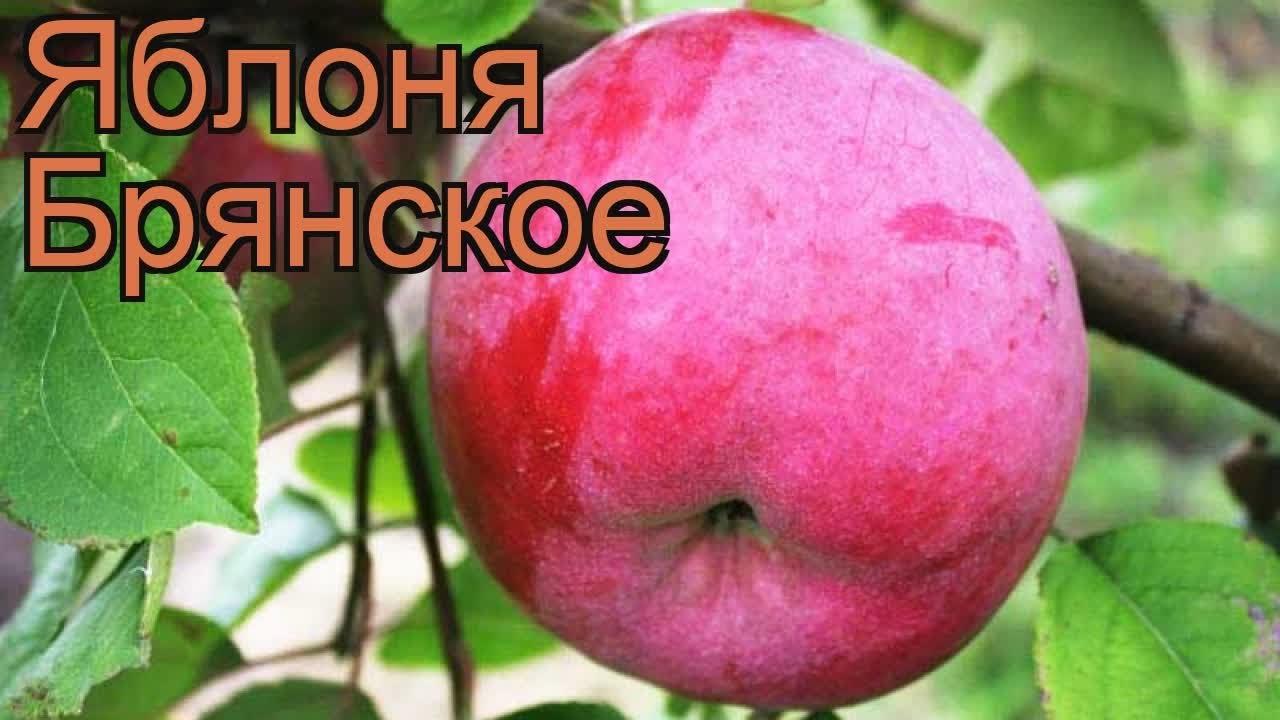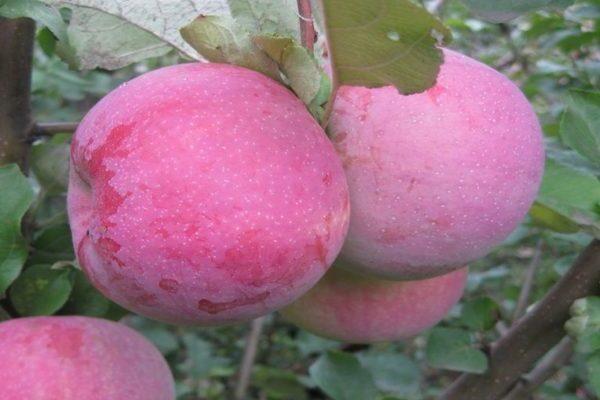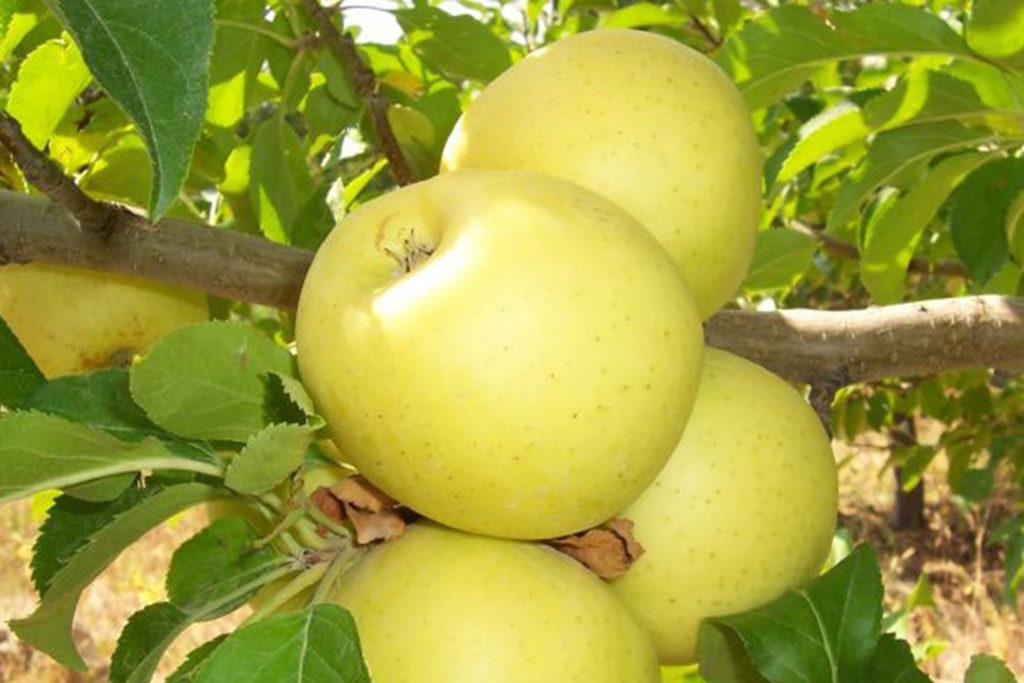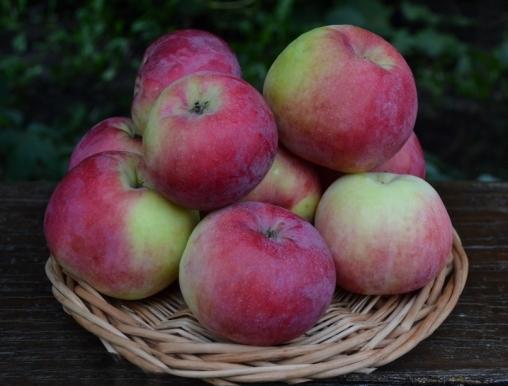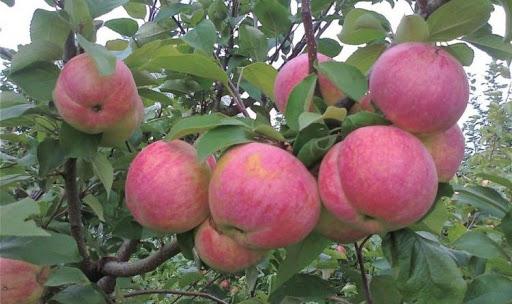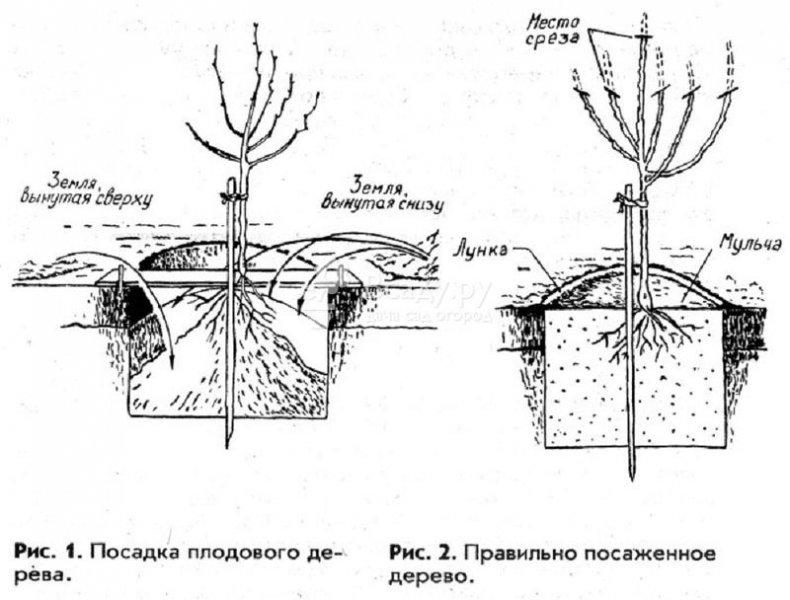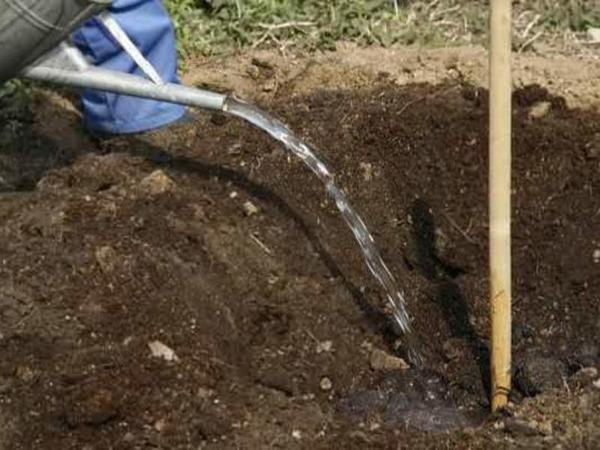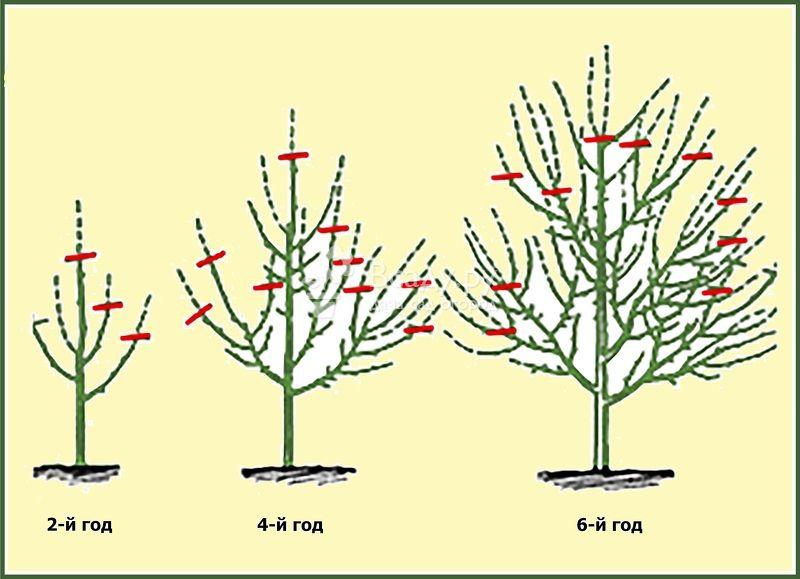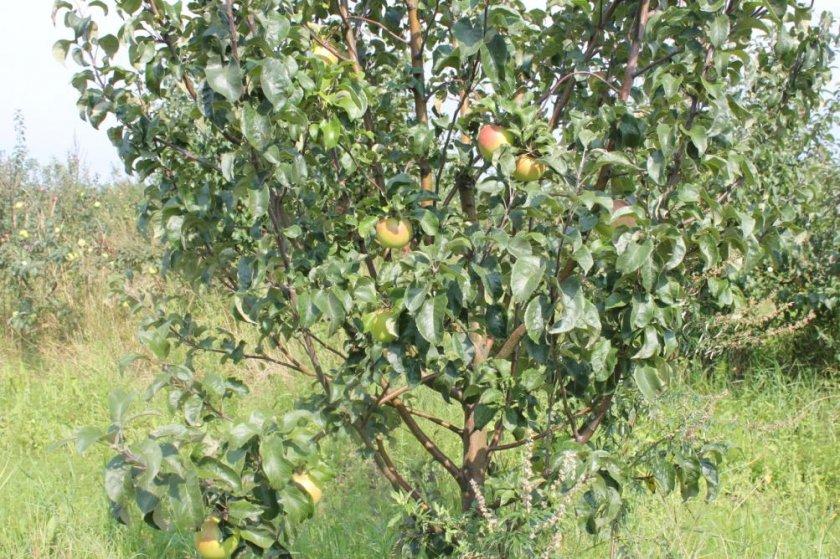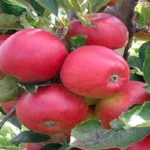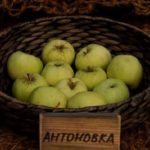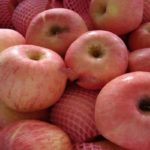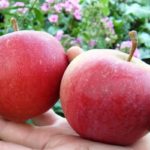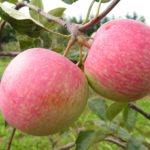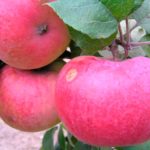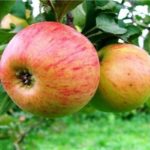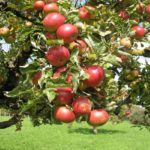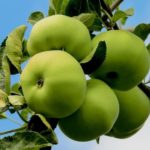The Bryanskoe apple tree is a frequent guest in the gardens of central Russia. The result of the Bryansk breeder’s painstaking work was above all praise. There are as many as 3 types of the same variety, and each of them is good in its own way. An unpretentious, productive tree has long found its way to the heart of an avid gardener. It is enough to show a little attention to this plant, and it will thank the owner with an unprecedented harvest.
- How the Bryanskoye variety was developed
- Advantages and disadvantages
- Varieties and characteristics of varieties
- Aloe
- Golden
- Pink
- Description of culture
- External parameters
- Tree height and crown width
- Annual growth
- Productivity
- Self-fertility and pollination
- Tasting evaluation of apples
- Resistance to sub-zero temperatures and drought
- Immunity to diseases and insects
- Planting Tips
- Seedling preparation
- Deadlines and schemes
- Procedure technology
- Growing a fruitful garden
- Regularity of watering and fertilizers
- How to properly process wood
- Trimming and shaping
- Mulching and wintering
- Features of fruiting
- Deadlines
- Blooms
- Fruit ripening
- Storage duration
How the Bryanskoye variety was developed
The tree was bred by breeder A.I. Astakhov at the All-Russian Research Institute of Lupine. The scientist was faced with the task of creating an apple tree variety resistant to scab disease. By crossing the popular Pobeditel variety with the hybrid apple tree SPO 523, the breeder achieved a positive result. The variety turned out to be fertile, and the polygenes and the Vm gene introduced into the structure of the plant strengthened the immunity of the apple tree.
Advantages and disadvantages
This unpretentious variety boasts many advantages, but in order to successfully grow a fruit-bearing tree, it is necessary to take into account the minor shortcomings of the plant.
Advantages of the variety:
- The tree successfully resists many diseases.
- The apple tree is hardy and can easily withstand winter cold.
- The fruits remain on the branches until the harvest period.
- The tree bears its first fruits already 3-4 years after planting.
- The taste of apples will please even the most picky gardeners.
Disadvantages of the variety:
- As a result of a long storage period, the structure of the fruit changes - the pulp becomes loose. At the same time, the taste of apples remains the same.
- With insufficient care, the fruits are affected by rot.
Varieties and characteristics of varieties
Alexander Ivanovich Astakhov created 3 varieties of Bryansk apple trees. Each of them is attractive in its own way.
Aloe
The variety was obtained by crossing the hybrid SR 0523 and the Pobeditel apple tree, beloved by many gardeners.The medium size and compact rounded crown give the tree a neat appearance. Its straightened shoots rush upward, but gradually form an obtuse angle with the trunk. Light green, large leaves are slightly curled.
An unpretentious plant that responds to good care. Every year the apple tree produces a harvest of bright, sweet and sour apples. The fruits cannot be called large; their size reaches 200 g. The juicy, crispy pulp of the fruit has a dense consistency. The unique aroma, flattened shape and bright crimson color make the variety recognizable.
The harvest can be harvested as early as September. If you follow the storage rules, scarlet apples will last until spring. Seedlings should not be placed in lowlands, as at low temperatures the skeletal branches of the tree may freeze.
Golden
The winter, dessert variety appeared as a result of crossing the legendary Antonovka with an equally famous apple tree called Golden Delhi. A hardy, fast-growing, winter-hardy variety regularly pleases its owners with its harvest, but, unlike the scarlet Bryansk apple tree, it bears fruit periodically. The first harvest can be seen already in the fifth year after planting. Medium-sized trees have a dense, lush crown. The curved branches of the apple tree form a right angle with the trunk.
Large, fragrant fruits fully confirm the name. It is impossible to look at a golden, shiny apple indifferently. From under the amber skin of the elongated fruit, dark specks are visible, and the spicy aroma brings back memories of oriental sweets. The weight of apples ranges from 180 to 250 g. If the storage rules are followed, the fruits can remain safely until May.
Pink
The main difference between the variety and other varieties of Bryansk apple trees is the ability to grow and bear fruit safely in unfavorable conditions.This wonderful, productive plant grows quickly and does not require special care. The apple tree successfully resists fungal diseases.
The compact, rounded shape of the tree looks very decorative. The harvest ripens in September. Oblong, round apples have a unique sweet and sour taste. Fragrant fruits are stored until December.
Description of culture
A mature tree reaches 5 m in height. The apple tree is a fast-growing, high-yielding variety. The unpretentious tree has proven itself well.
External parameters
A medium-sized apple tree is distinguished by straightened shoots. The branches rush upward, the bark on the shoots is smooth. The shoots are decorated with large, slightly wrinkled leaves.
Tree height and crown width
An adult tree reaches a height of 5-7 m. Depending on the size and age of the apple tree, the crown of the plant spreads over a width of 4-6 m.
Annual growth
The Bryansk beauty is growing rapidly. Every year the height of the trunk increases by 55-70 cm, but if the tree is planted in a shady place, the growth will be more modest.
Productivity
One of the main advantages of the Bryansk beauty is its high yield. Every year the tree bears a large number of fruits. Even an older tree can produce more than 200 kg of apples per season.
Self-fertility and pollination
The variety does not require pollination, which means it can do without proximity to other apple trees. The plant belongs to the group of self-fertile trees.
Tasting evaluation of apples
A rating of 4.8 out of 5 indicates the excellent taste of the fruit. Dessert apples are distinguished by their exquisite aroma, sweet and sour taste and rich content of vitamins. Apples are good to eat fresh. In addition, juices, jams, wine and preserves are made from the fruits.
Resistance to sub-zero temperatures and drought
The variety is resistant to the vagaries of weather.An apple tree can withstand 35-degree frosts without harm to its health and feel great in dry summers. However, if the plant is planted in a low place, the seedling may freeze.
Immunity to diseases and insects
The plant has good immunity and is less susceptible to disease than other members of the crop. Unfortunately, apple trees are often plagued by fruit rot.
Planting Tips
The health and productivity of the apple tree depend on compliance with the rules for caring for and planting the plant.
Seedling preparation
It is advisable to dip the roots of a 1- or 2-year-old seedling in a nutritious mash made from clay, water and manure.
In this way, they provide additional nutrition and protection to the young roots of the tree.
Deadlines and schemes
Apple trees are planted in spring or autumn. Spring planting should be done early, before the buds open. In autumn, the tree is planted at the end of September. The deadline is the first days of October. The apple tree must have time to take root and adapt to new conditions before the onset of frost. The distance between seedlings should be at least 5 m, and a corridor of 5-6 m should be left between the rows.
Procedure technology
The tree is planted in a sunny, dry area. For planting, dig a hole measuring 100x100 cm and 70 cm deep. It is better to prepare the planting hole 2 months before planting.
The pit must be filled with peat, humus, ash and phosphorus-potassium fertilizers.
The seedling is installed so that the root collar remains above the ground. The hole is filled with soil, the soil is compacted a little and a groove is made around the trunk. The planted tree is watered and mulched with a 15 cm layer of sawdust or small wood chips.
Growing a fruitful garden
Knowledge of agricultural technology will help even a novice gardener achieve not only an enviable harvest, but also keep apple trees healthy.
Regularity of watering and fertilizers
In the first months of life, the seedling needs more frequent watering. During the summer period, the plant is moistened at least 7 times. In subsequent years, it is enough to water the apple tree 4-5 times per season. Each tree should use 6-7 buckets of water.
In the first years, it is not necessary to feed the tree; it receives enough food from the planting hole. In subsequent years, the apple tree is fed with organic and mineral fertilizers.
How to properly process wood
Spraying with chemicals is carried out in early spring. The rest of the time, diseased fruits and leaves are collected by hand and destroyed.
Trimming and shaping
To prevent the crown from growing and becoming too dense, pruning is necessary. Damaged or weakened shoots are mercilessly removed. Starting from the second year, the main stem of the plant is pruned. This is done to increase and develop side branches.
Mulching and wintering
When preparing a tree for winter, it needs to be sprayed to protect it from pests. Then the roots of the apple tree are insulated using peat or humus mulch.
Features of fruiting
Despite its unpretentious nature, the fruit-bearing tree needs care.
Deadlines
Apple trees begin to quickly bear their first fruits. You can expect a harvest already in 4-5 years.
Blooms
The Bryansk apple tree blooms in May. If the tree grows in the southern regions, the first flowers will appear in late April.
Fruit ripening
Like all representatives of winter varieties, Bryansk beauties produce a harvest at the end of September.
Storage duration
The guaranteed shelf life of the fruit is until the last days of December.If the temperature is maintained, apples can last until spring.

